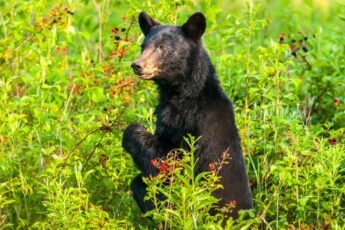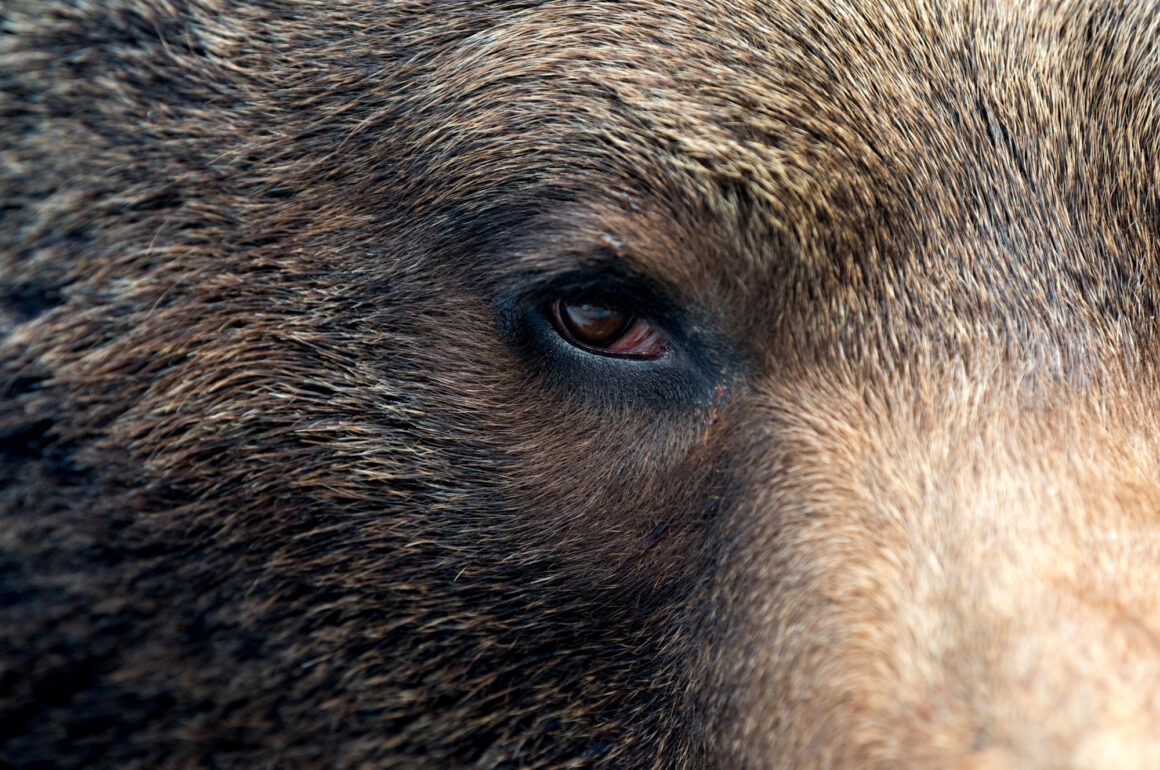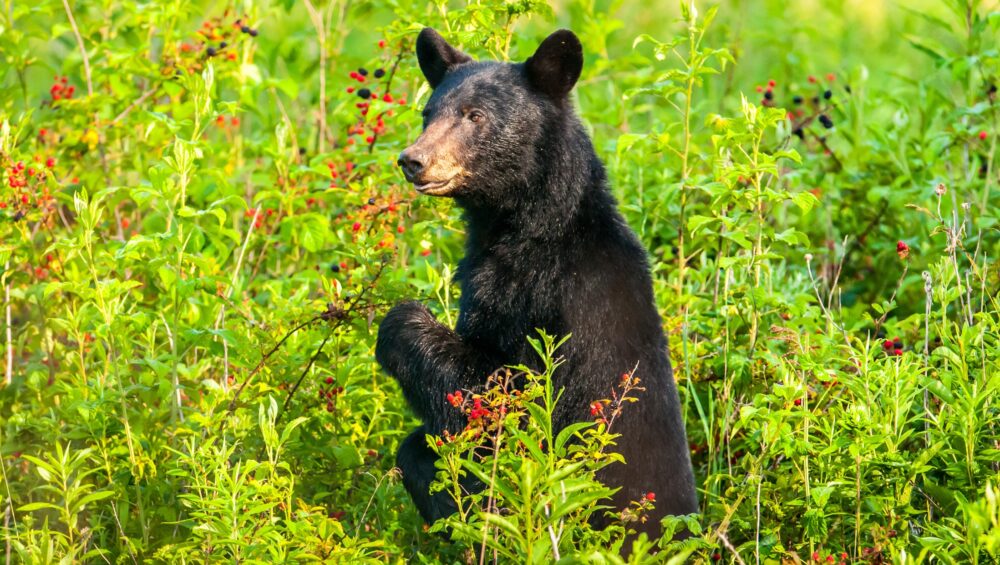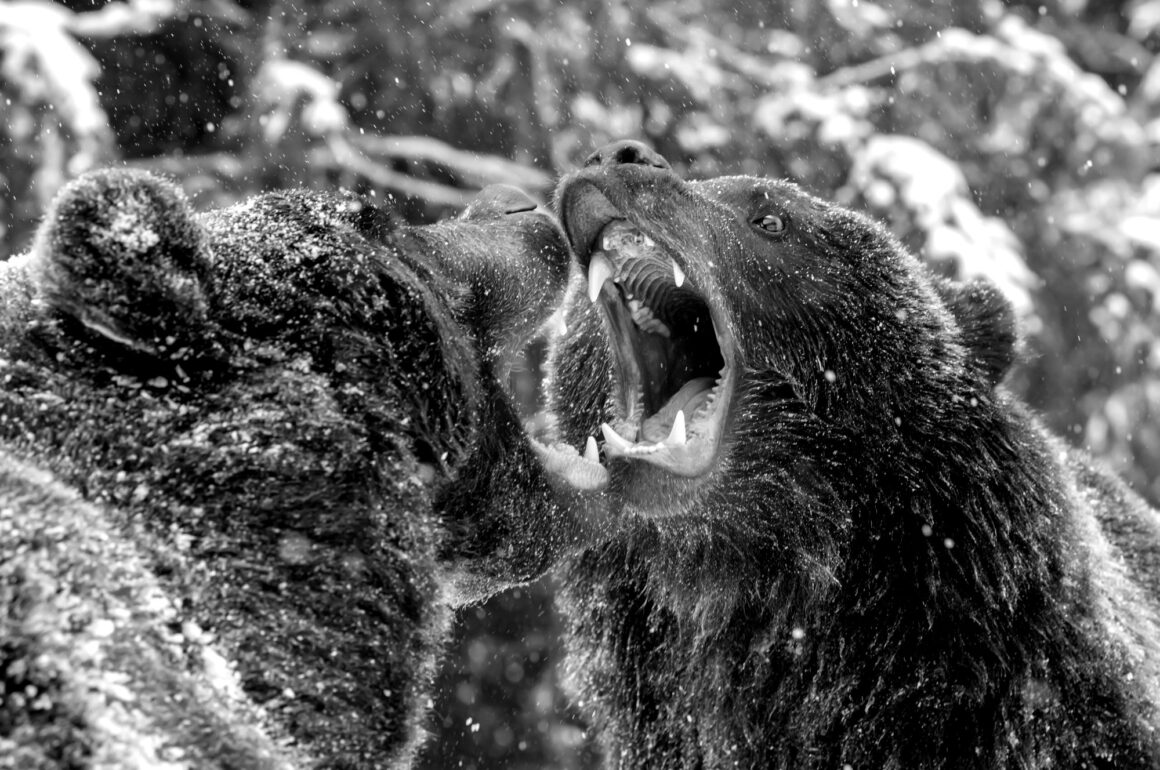WHAT DO BEARS EAT?
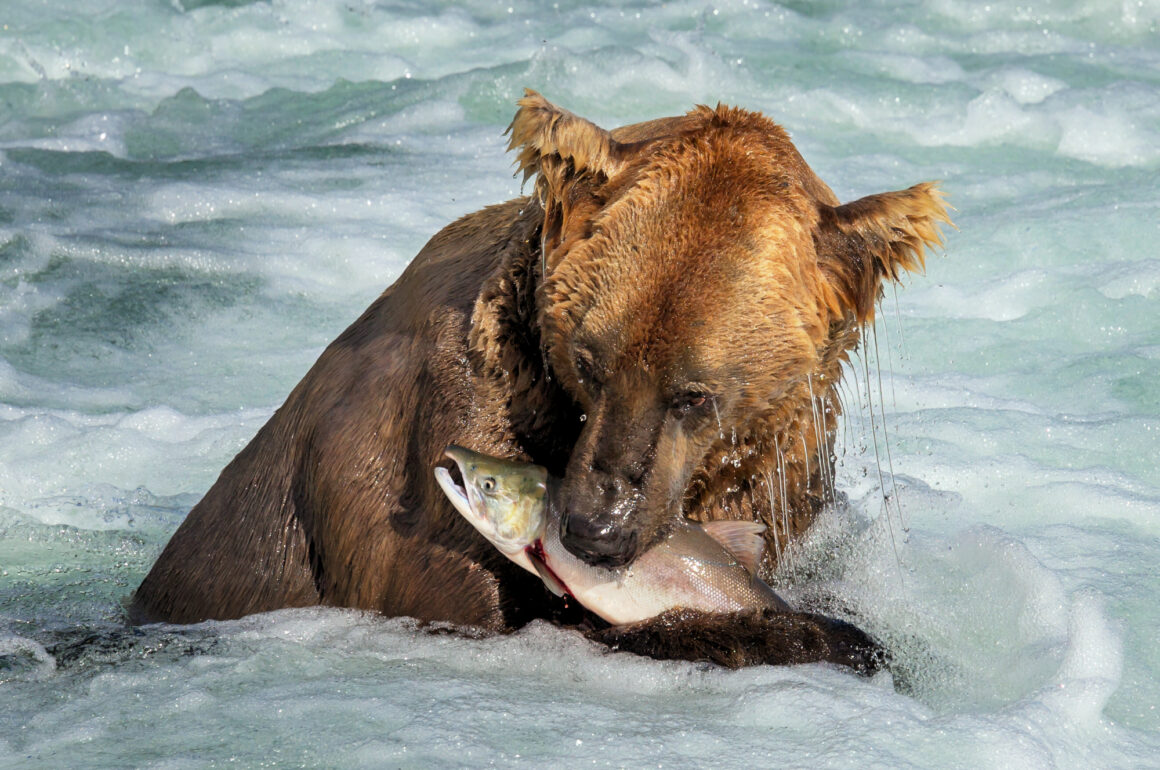
Do you know the Winnie the Pooh stories? If so, you’re probably aware that Pooh adores honey more than anything else. He devours it by the pailful and often can’t stop thinking about his next honey fix. You might be excused for assuming that bears exclusively eat honey if this children’s tale were your sole exposure to bears. Pooh’s portrayal of bears’ feeding habits is far from accurate. Instead, the eight remaining bear species consume a diverse range of foods. These massive terrestrial mammals go far and wide, feeding and hunting all the way to the Arctic Circle from the Americas, Europe, and Asia. While certain bear species may consume unusual foods, no bear spends its days lazily sucking on honey. Even so, the issue of “What do bears eat?” is raised by Winnie the Pooh’s portrayal of bears.
In this post, we’ll take a look at bear diets in an effort to address this issue. First, we’ll go through the typical diet of a bear. We’ll go on to discuss bears’ hunting and foraging techniques next. The difference between a bear’s diet in the wild and a zoo setting will be discussed next. Finally, we’ll take a look at the diets of young bears. Get ready to learn a hefty chunk of information as we dissect the age-old subject, “What do bears eat?”
What Kinds of Food Do Bears Prefer?
Bears get their nutrition from a wide range of sources, including fish, insects, berries, and roots.
Bears are carnivores, meaning they have modified their diet to consist primarily of other animals. Bears are among the most formidable predators because of their large size, strong jaws and bodies, and long, non-retractable claws. However, bears as a whole are not strictly carnivorous. The polar bear is the only species of bear that can be considered a real carnivore. Despite their reputation for being strict carnivores, the vast majority of bear species are really omnivores. The giant panda is the only species of bear that is entirely vegetarian. Since bears’ diets vary so widely, it would be hard to compile a definitive list of bear-friendly foods. So, instead, we’ll look at a list of 15 different kinds of food that bears enjoy eating. Not all bears consume the things on this list, but it covers the majority of what bears eat. Bears enjoy eating the following 15 foods.
- Vegetation
- Larvae
- Berries
- Carrion
- Grasses
- Roots
- Bamboo
- Deer
- Whale
- Fruit
- Walrus
- Fish
- Insects
- Honey
- Seal
How Do Bears Forage and Hunt for Food?
Many types of bears need to gain a tremendous amount of weight every year to ensure their survival through the winter. Therefore, bears need to eat constantly from the moment they wake up till the time they go to sleep. Bears, in order to aid them in this endeavor, have developed highly refined senses. A bear’s primary senses are its eyes, ears, and nose. It appears that bears have vision comparable to that of humans, which aids them in finding food and avoiding predators. Bears, like canines, have a remarkable hearing at both high and low frequencies. However, a bear’s keen sense of smell is arguably its greatest asset. Bears have one of the greatest noses of any animal, according to experts. They can detect odors from great distances and have a sense of smell almost 2,100 times more acute than that of a human.
Bears of various species use a variety of methods and approaches to forage for food. The vast majority of bears are foragers, meaning they hunt and gather their food rather than relying on prey. Many brown and black bear species spend considerable time each day searching for food. Ten to sixteen hours a day are dedicated to pandas to eat
Meanwhile, bears near a stream or river will use fishing techniques to reel in salmon or other fish. Bears may achieve this by swimming upstream and capturing the fish in their teeth. The polar bear typically hunts seals by sneaking up on them from behind. It occasionally walks straight down and makes direct head-on attacks on bigger prey like walrus. Last but not least, bears will choose a simple diet of carrion or waste when they have the chance. When bears get too close to populated areas, this can become a problem.
In the Wild, What Do Bears Eat?
Bears’ diets in the wild are as diverse as the bears themselves, changing with the seasons and the availability of different foods. For instance, enormous pandas can only survive on a diet of bamboo. On the other hand, seals, walruses, and small whales make up the bulk of a polar bear’s diet. In contrast, brown and black bears typically consume around 90% of their calories from plants. They feed on sedges, weeds, grasses, roots, and tubers in the spring. When summer begins, bears will increase their consumption of ripe fruits and berries. When the opportunity arises, they eat bugs like termites, beetles, and ants. Bears will devour honey, even down to the honeycomb and any bee larvae they can locate, if they can get their paws on it. Bears in the area may be able to catch salmon on their migration upstream to spawn. Furthermore, bears may prey on young deer or devour carrion.
What Do Bears Eat in Captivity?
Captive grizzlies are provided with a balanced diet that allows them to gain and keep a healthy amount of weight. The meals of most caged bears change on a daily, weekly, and monthly basis. Since zoo bears don’t undergo a time of hibernation and hunger, keeping their caloric intake under check is a common practice. Blueberry, raspberry, and strawberry are all common fruits. Many bears are fed entire salmon, chicken, or rabbits for their meat requirements. Bears in captivity are fed complete animals because the skin, heads, and organs are particularly high in fat and nutrition. Bears can benefit from the high calcium content of beef or deer legs, hence such is sometimes given to the animals. Vegetables like squash, potatoes, and carrots, as well as fruits like melons, apples, and grapes, are commonly fed to bears in captivity.
What do young bears eat?
Bear cubs need their moms for everything, including food and shelter, just after they are born.
Bear cubs need their moms for everything out in the wild. Bear cubs, depending on the species, weigh just about 2 pounds at birth. They stay in their lair to have their young for two to five months, emerging in the spring. The bear is unique among hibernating animals in that it continues to produce large amounts of milk even while it is dormant. Bear cubs continue to rely on milk once they emerge from the den, but they also start eating other things. Bear cubs are fed by their mother, who is responsible for securing their nutritional needs by hunting and gathering. Cubs can spend years nursing at home before they are ready to strike out on their own. When they are young, newborn bears in captivity are fed a mixture of bear formula, puppy food, and soft fruits.


